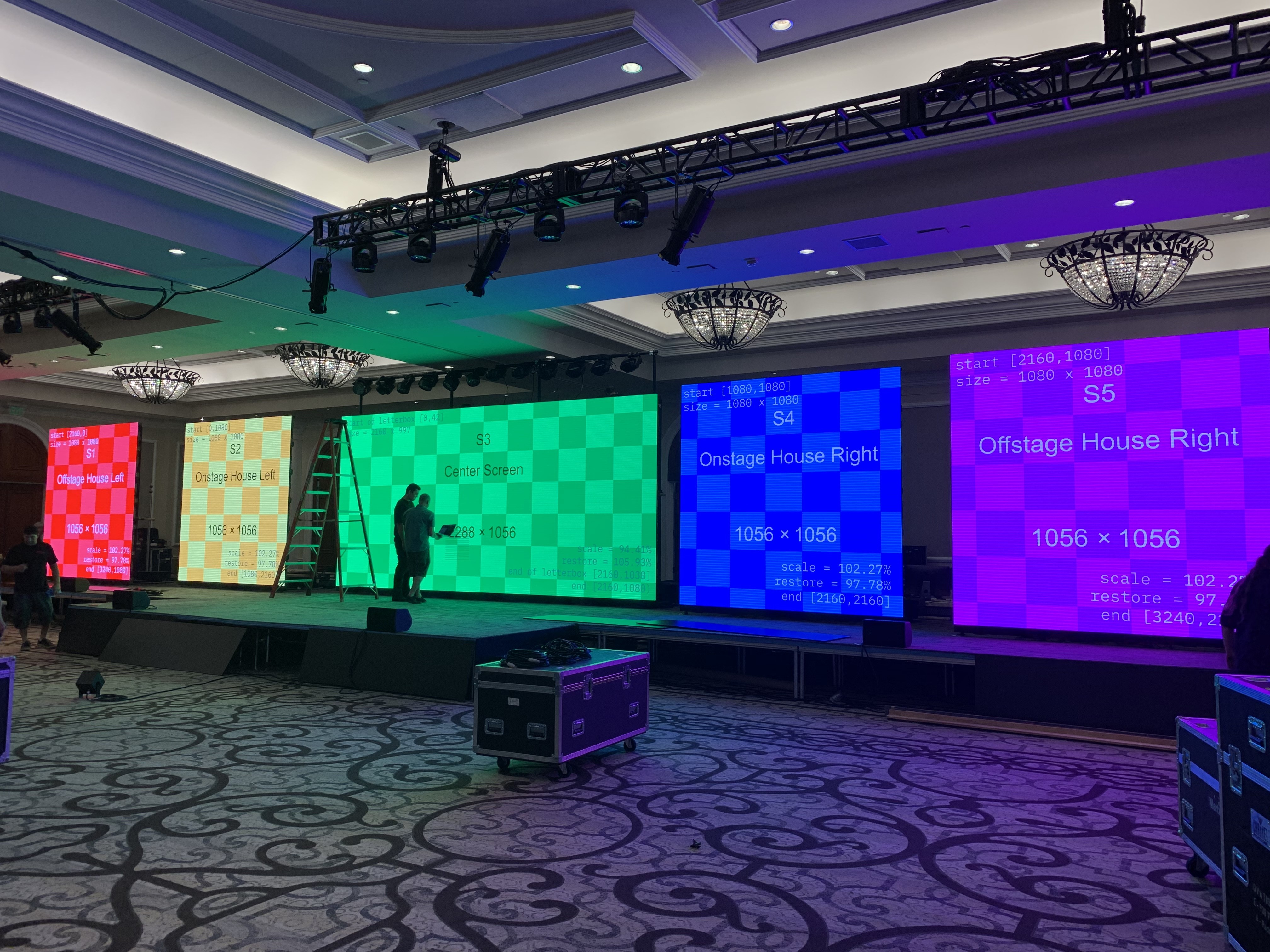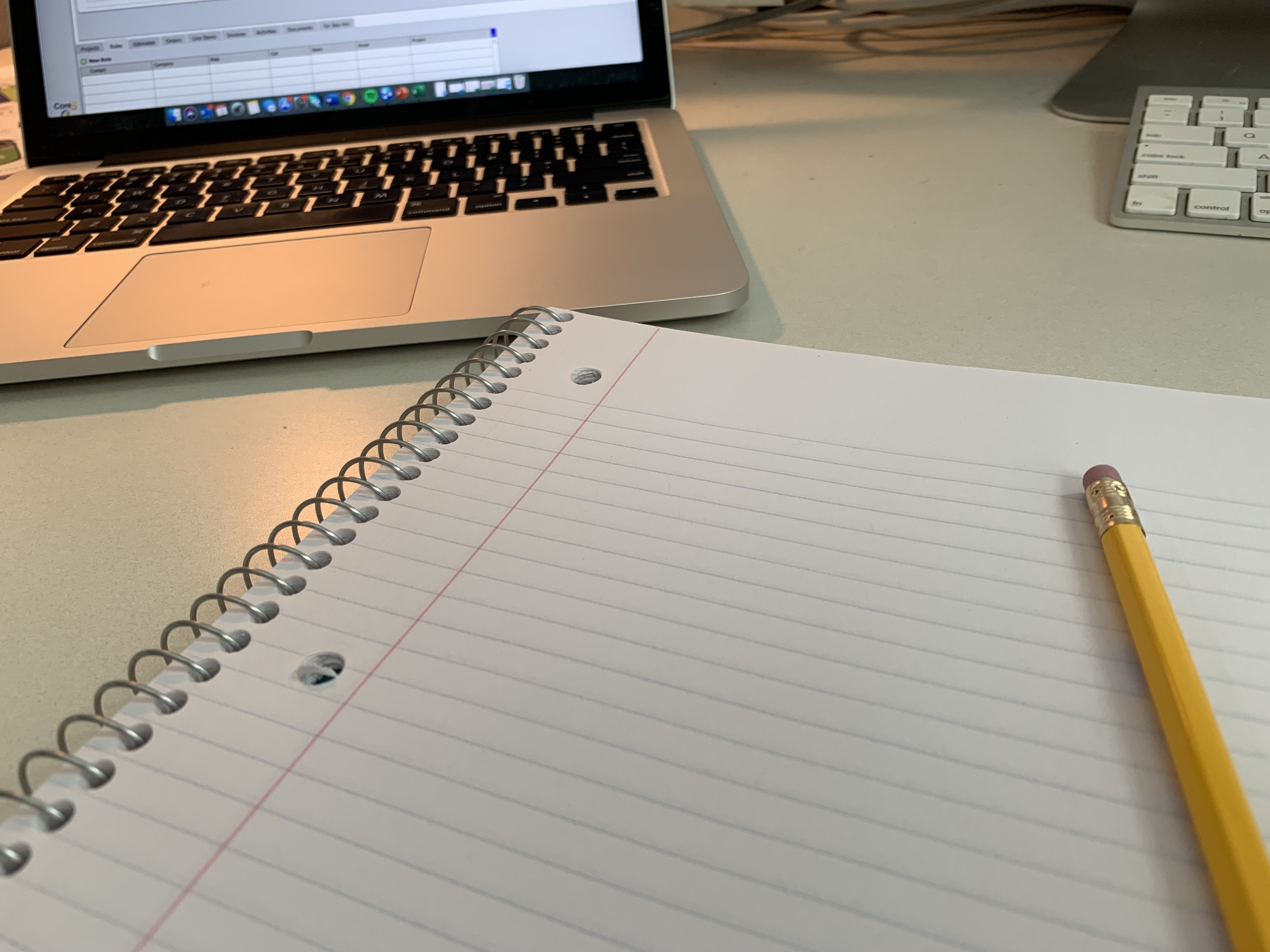Using a Pixel Map to Create a More Compelling Visual
The first show I ever saw at the Jones Beach Amphitheater was Around the World in 80 Days. The outdoor theatre allowed a practical hot air balloon, the iconic image of the show, to really float in space above the audience. Illuminated against the dark night, it captured my imagination. All these years later, I still love the power of the live visual experience.
Now we can create the illusion of images floating in space using projection, LED, lighting, or a combination of all three. A well-designed canvas across different surfaces with different media can really make your images come alive. By pixel mapping the canvas you can bring to life whatever you can imagine across a series of screens.
In this example, I am looking at the use of LED screens and negative space to create an immersive visual experience. Negative space on this pixel map, represented by yellow, is the space between the screens. Using that space effectively will result in your images coming alive to your audience.
Once a designer is handed a pixel map, they are able to design content that flows continuously across the surface, even though they know nothing will be seen in the negative space. Your mind is able to fill in the blanks for what happens between the screens. For example, if a hot air balloon is traveling from one end of the image to the other it won’t awkwardly jump across the negative space, but instead will follow a natural trajectory.
![]()
This is a good use of space and design and I believe it is a more elegant use of LED then just a wall as a backdrop.



